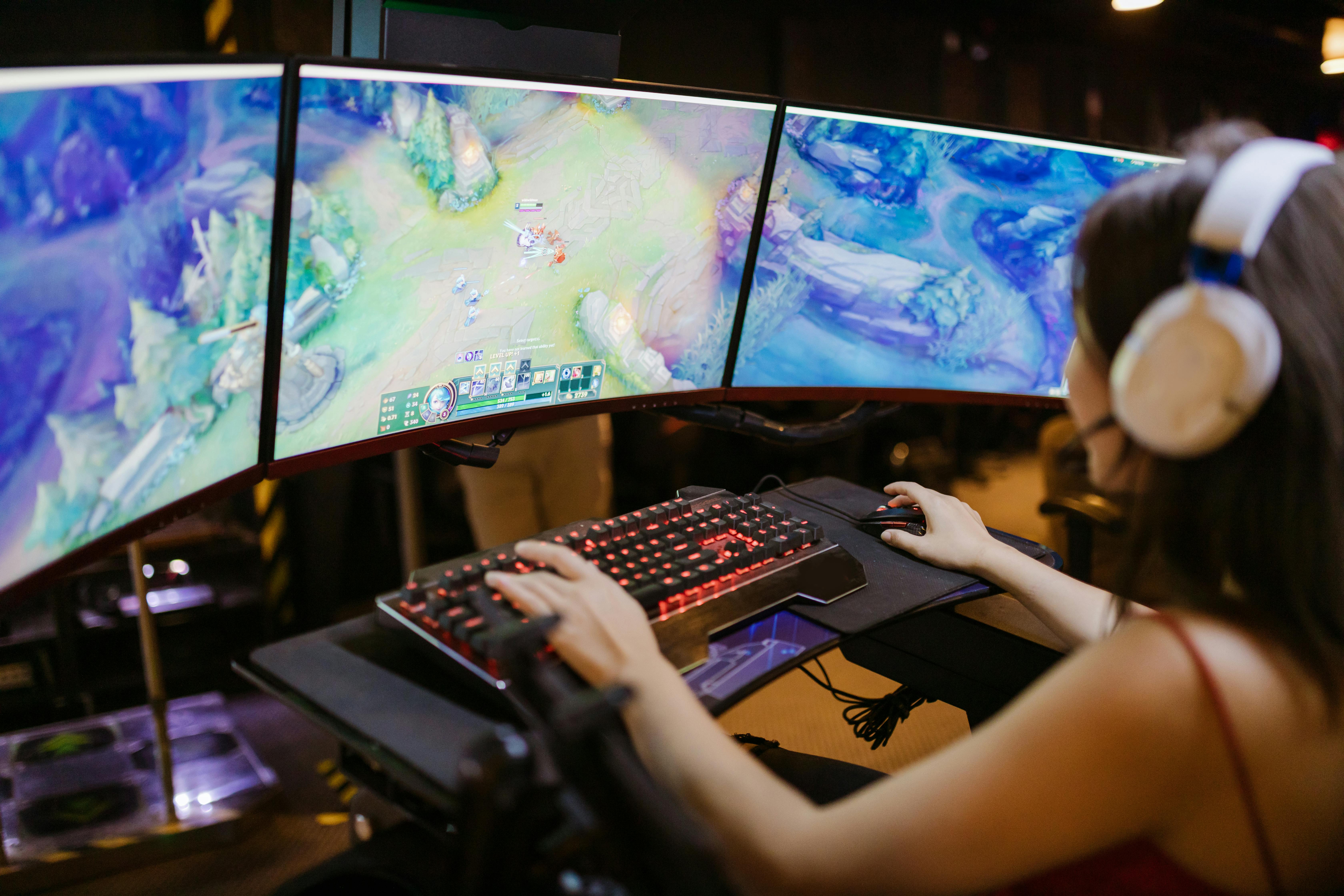Implementing Cross-Platform Play Without Performance Trade-Offs
Cross-platform play aims to unite players across devices, but integrating mobile, console, PC, and emerging platforms requires deliberate architecture and design trade-offs. This article outlines practical strategies for maintaining consistent performance while supporting crossplay across diverse hardware and networks.

Cross-platform play can broaden player communities and extend multiplayer lifecycles, but it also introduces variability in hardware, input methods, and network conditions that can affect perceived performance and fairness. Achieving consistent frame rates, low latency, and a unified experience requires engineering approaches that decouple game logic from presentation, optimize networking, and respect platform-specific constraints without fragmenting the player base.
How does crossplay affect multiplayer performance?
Crossplay increases diversity of runtime environments: players on different devices will have different CPU, GPU, memory, and network characteristics. To avoid performance regressions in multiplayer, separate authoritative game state and deterministic logic from client-side prediction and interpolation. Use server reconciliation so latency-sensitive gameplay is governed by a common truth, while clients smooth motion locally to mask network jitter. Implement configurable tick rates and dynamic update fidelity that scale based on connection quality and device capability so lower-power mobile clients do not force console or PC peers to degrade visuals.
What platform differences matter between mobile and console?
Mobile devices often have thermal and battery limits, intermittent networks, and touch inputs, while consoles provide steady power, dedicated GPUs, and controller input. Design rendering pipelines with scalable assets: LODs, texture streaming, and procedural detail that can be dialed down on mobile. Input abstraction layers translate touch and tilt to the same action-level commands used by controllers, preserving gameplay parity. For networking, prioritize small, reliable packets and efficient serialization for mobile clients to reduce data use and handle cellular variability without impacting console players.
How to balance retention, monetization, and onboarding
Crossplay can boost retention by increasing matchmaking pools, but onboarding must be consistent across platforms. Streamline account linking and cross-progression flows so players keep progress and purchases. Avoid monetization mechanics that advantage one platform’s input or performance; price perception and policies may differ across storefronts, so map offers to equivalent player value rather than identical presentation. Smooth onboarding with device-specific tutorials and adaptive difficulty preserves long-term retention without creating unfair advantages in multiplayer sessions.
How to handle localization, accessibility, and UI/UX
Supporting many platforms expands the audience, making localization and accessibility essential. Design UI/UX that adapts layout and font sizes for small mobile screens and large TVs; ensure scalable HUD elements and remappable controls. Include accessibility settings—subtitles, colorblind modes, input timing windows—that are consistent across devices. Local services for voice or text chat should respect regional limits and privacy rules; decouple these systems so accessibility features work even if cross-platform voice is unavailable in a region.
What analytics and procedural techniques reveal performance bottlenecks?
Instrument clients and servers with lightweight analytics to capture latency, packet loss, frame times, and memory use by platform and geography. Use aggregated telemetry to detect systemic issues—high dropout rates on certain devices or regions—and feed that into A/B tests. Procedural content generation can help reduce bandwidth and storage costs by generating assets client-side from compact seeds, but validate that procedural pipelines are deterministic where required for multiplayer fairness. Analytics-driven profiling guides where to invest optimization effort to improve retention and reduce churn.
How emerging tech like VR/AR and esports influence design
VR/AR and esports scenarios raise stricter performance needs: sustained high frame rates and minimal latency are essential for comfort and competitive integrity. When adding crossplay with VR/AR participants, unify gameplay rules so differences in field of view or interaction modalities do not create gameplay imbalance. For esports, deterministic rollback netcode, precise hit detection, and spectator modes that scale across devices help maintain fairness and engagement. Plan separate rendering and input pathways for immersive platforms while reusing core multiplayer systems to avoid duplicated logic.
Consistent cross-platform play without performance trade-offs is achievable through modular architecture, platform-aware optimization, and rigorous telemetry. By separating authoritative simulation from client presentation, scaling fidelity per device, and using analytics to target bottlenecks, teams can expand multiplayer reach while preserving responsiveness, fairness, and player experience across mobile, console, PC, and emerging platforms.





